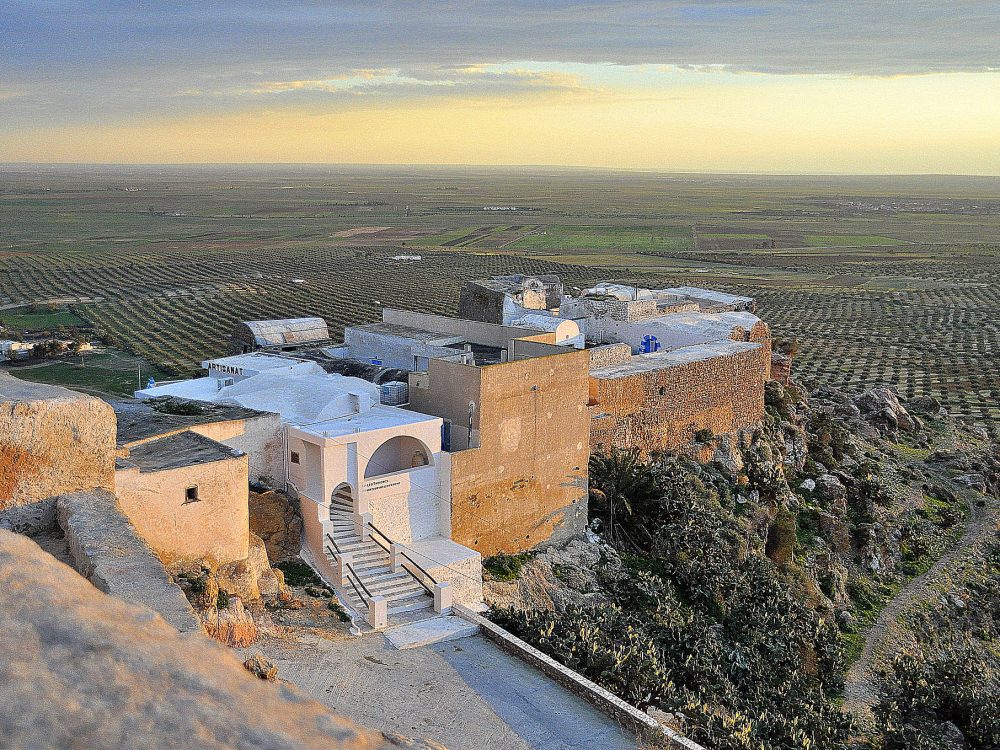E-government Tool Makes Development Aid More Effective
WASHINGTON—The Development Gateway announced today that it will showcase the results of the implementation of the Aid Management Platform (AMP) at the Accra High-Level Forum on Aid Effectiveness, to be held from Sept. 2–4, 2008.
Results of eight implementations of AMP show that the application can strengthen a country’s ownership and coordination of its aid process by building government capacity, empowering policy-makers, and by promoting regional knowledge sharing. Roughly 200 government staff members in Africa, Europe, and Latin America have completed advanced training in the system and use it to monitor aid flows. AMP also allows countries to track progress toward national development strategies and the Millennium Development Goals. In regional workshops, users of the application share experiences with their counterparts in other countries.
“The creation of AMP has been driven by the internationally recognized need to make aid more effective,” according to Mark Fleeton, CEO, Development Gateway. “The international community acknowledges the importance of strengthening the capacity of country systems to manage aid effectively. AMP gives them a tool to do that. We make the solution sustainable through ongoing technical support.”
Created to support the Paris Declaration, AMP is an e-government solution for governments and their partners to manage and coordinate development assistance. Ethiopia first piloted the platform in 2005. According to a 2006 user survey, desk officers indicated that the new system cut data entry time in half. They were able to generate reports three times as fast. Since then Bolivia, Burkina Faso, Burundi, the Democratic Republic of Congo, Malawi, Montenegro, and Tanzania have adopted the application.
“We expect aid management system to assist with many aspects of the Accra Action Agenda,” added Mr. Fleeton. “Last year the government of Tanzania lacked the comprehensive information needed to produce an annual report on official development assistance. This year, they will be able to do that.AMP can provide a strategic focal point for key Accra issues such as ownership, coordination, harmonization, alignment, predictability, transparency, mutual accountability and managing for results.”
Earlier this month the Development Gateway announced its partnership with ODAdata, a consultancy that developed the ODAdata application, a tool that complements the aid management platform.
Share This Post
Related from our library

How useful is AI for development? Three things we learned from conversations with development experts
The development world is buzzing with excitement over the idea that new and emerging applications of artificial intelligence (AI) can supercharge economic growth, accelerate climate change mitigation, improve healthcare in rural areas, reduce inequalities, and more. But what does this look like in real life?

At a Glance | Tracking Climate Finance in Africa: Political and Technical Insights on Building Sustainable Digital Public Goods
In order to combat the effects of climate change, financing is needed to fund effective climate fighting strategies. Our white paper, “Tracking Climate Finance in Africa: Political and Technical Insights on Building Sustainable Digital Public Goods,” explores the importance of climate finance tracking, common barriers to establishing climate finance tracking systems, and five insights on developing climate finance tracking systems.

AMP Through the Ages
15 years ago, AMP development was led by and co-designed with multiple partner country governments and international organizations. From a single implementation, AMP grew into 25 implementations globally. Through this growth, DG has learned crucial lessons about building systems that support the use of data for decision-making.